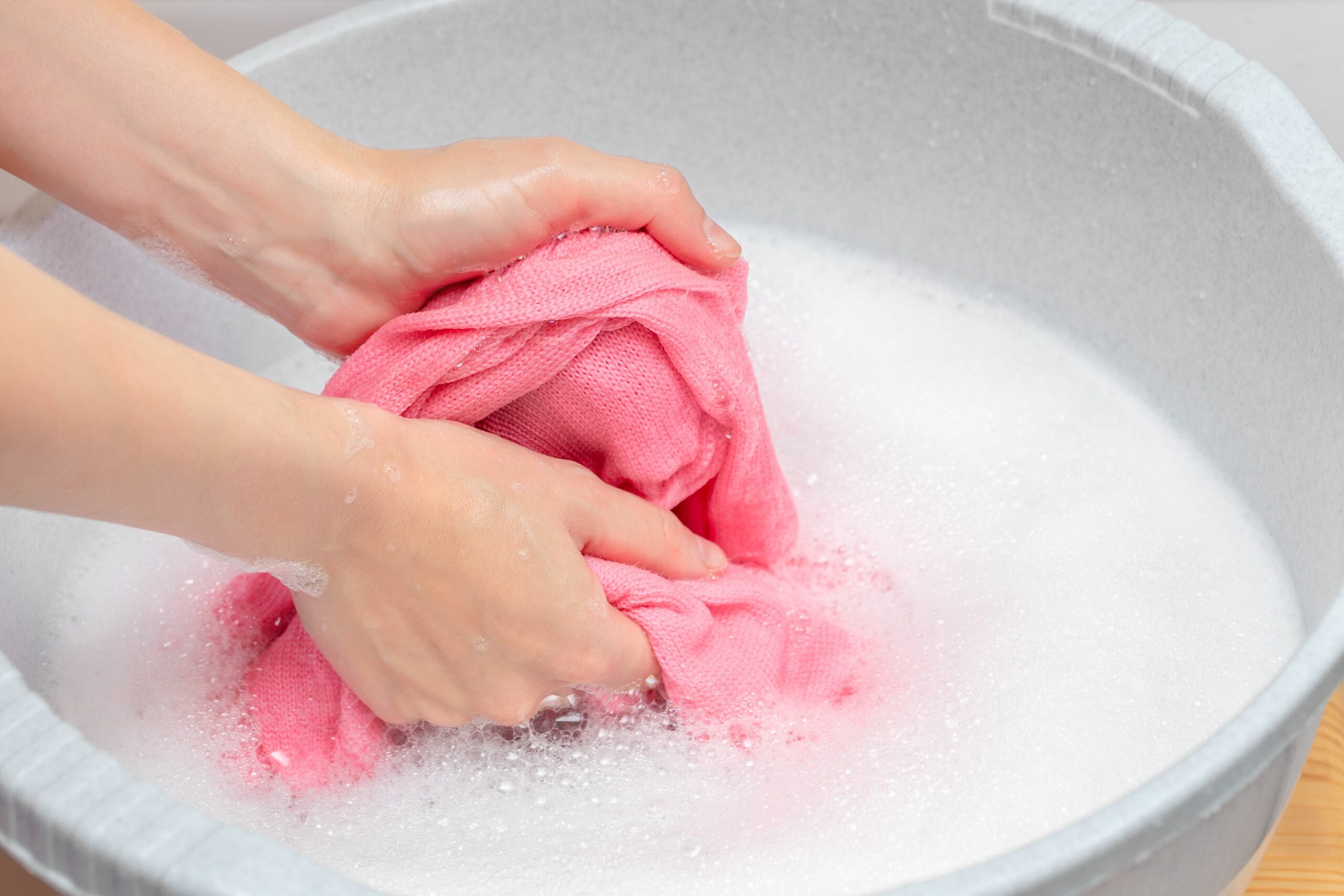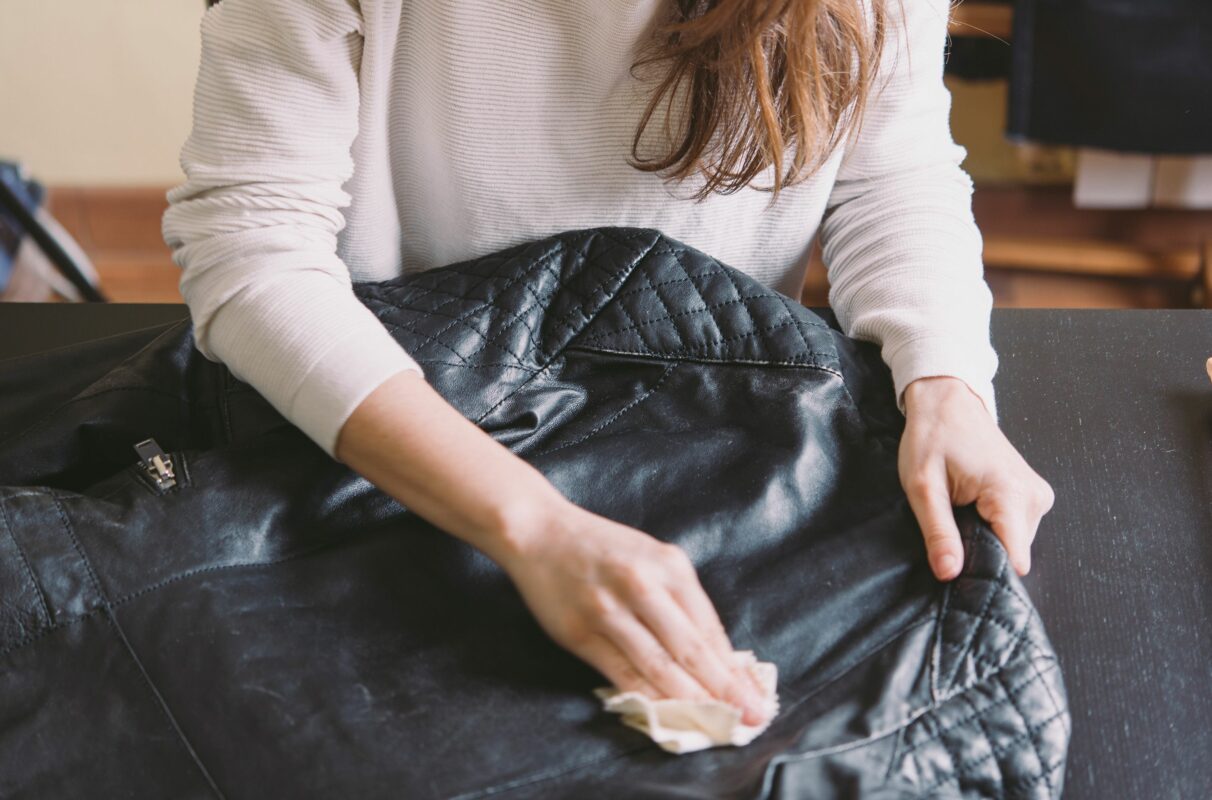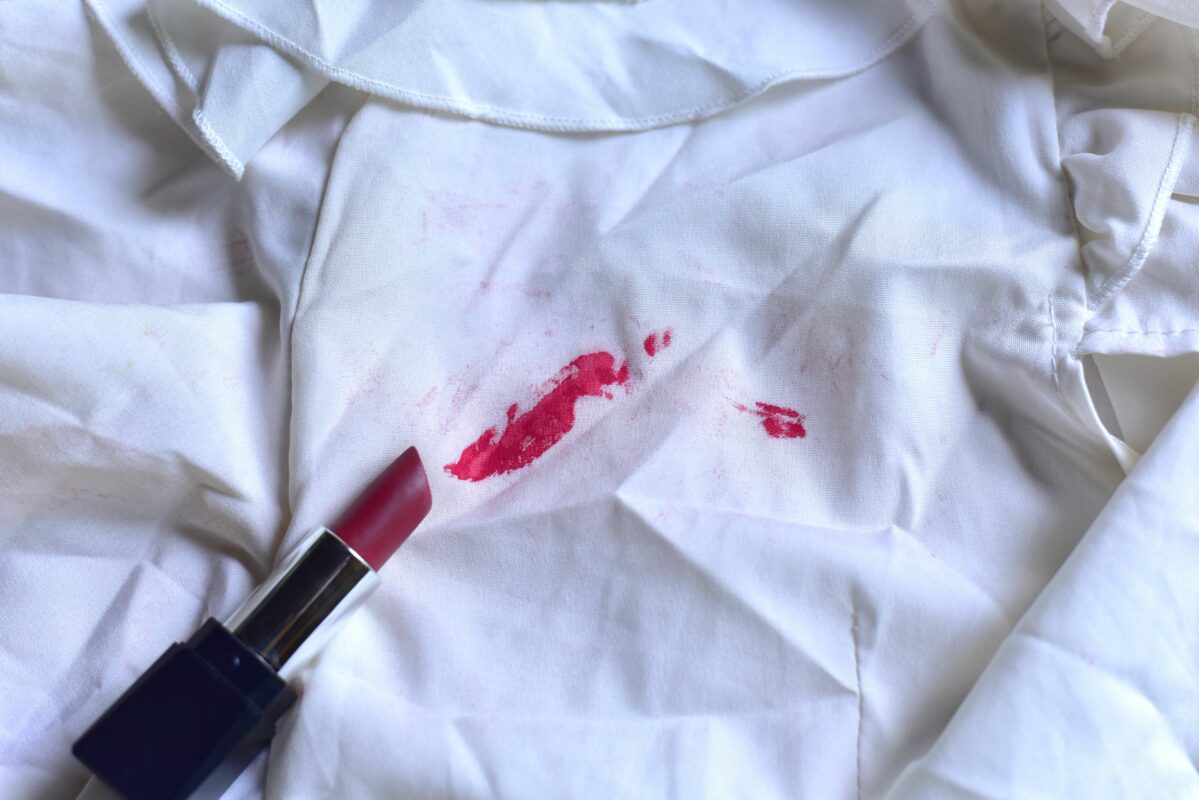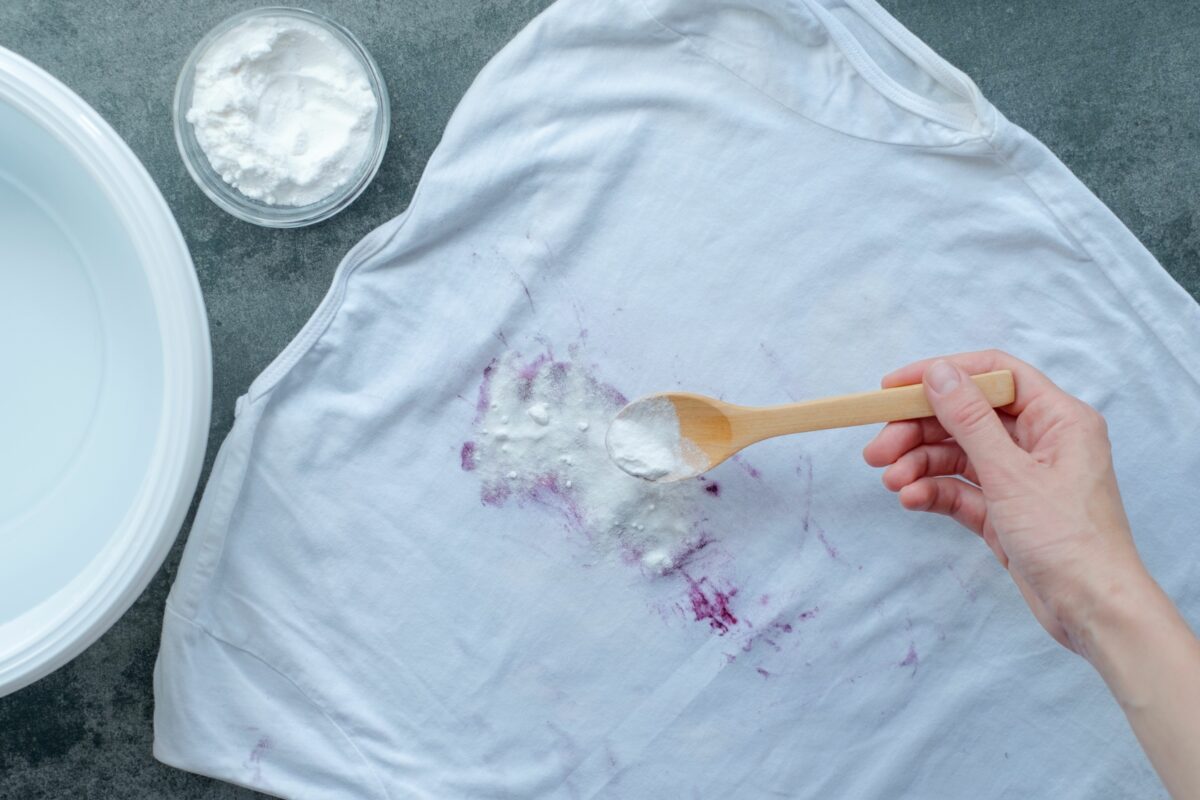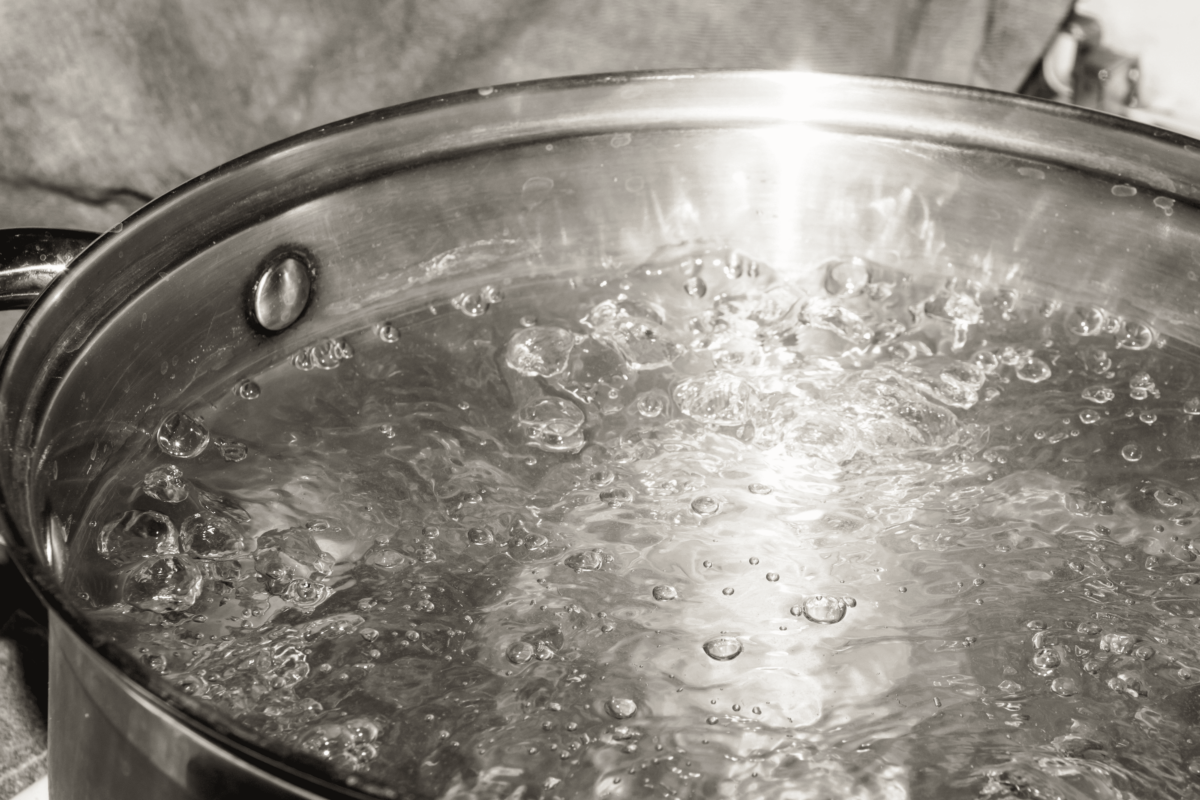If you’ve ever read an article about the basics of doing laundry or watched an instructional Laundry 101 video, you’ve probably heard the term “colorfast”—and figured it has something to do with fabric dyes. But what exactly is colorfastness, and how do you test for it? Find out about this common laundry term and how to tell if an article of clothing is colorfast.
What Is Colorfastness?
Merriam-Webster defines colorfast as “having color that retains its original hue without fading or running”—in other words, a dye that stays put in its fabric. When an item of clothing is colorfast, its dye does not run or bleed in water (washfastness), rub off (rub fastness), or fade due to light exposure (lightfastness).
Colorfastness refers to dye that stays put in its fabric.
Dye transfer typically occurs in one of two ways: Exposure to water causes dyes to run or bleed, or friction causes dye to rub from one fabric onto another. The latter is called “crocking,” and it happens when a pair of dark denim jeans leaves a blue hue on a light-colored couch you’ve been sitting on, for example. The third type of colorfastness, lightfastness, doesn’t result in dye transfer but instead refers to a fading effect caused by exposure to light.
How to Test for Colorfastness
Testing for colorfastness is simple and can be done using items you already have in your home. You need water, laundry detergent or mild dish soap, and a white paper towel or white cloth.
Dilute 1 tsp. of detergent in 1 cup of lukewarm water and submerge a small part of the garment, such as a corner of the hem of a shirt or the leg opening of a pair of jeans, in the solution. Allow the garment to soak for 2 to 3 minutes.
After soaking, remove the fabric from the detergent solution and blot it with a white paper towel or cloth. The item is not colorfast if dye transfers from the garment to the white cloth. If no dye is present on the white cloth, the garment is colorfast and poses no risk of dye transfer staining other items.
When and Why to Test for Colorfastness
Perform a colorfastness test on any items you suspect might have loose dye. Red or indigo garments are especially prone to fugitive dyes that can come loose in the wash or rub off on light-colored clothing, accessories, or furniture. The same is true of neon and very brightly colored dyes.
Some fabrics, such as nylon and silk, can be less colorfast than others. Additionally, if you sew or quilt, you may want to check your fabrics for colorfastness before you begin a new project to prevent fugitive dyes from ruining your handicraft.
Colorfastness and Indigo Dye
Indigo dye, which is most often used to give jeans their signature blue hue, behaves differently from other dyes and presents its own set of dye problems. The first problem is that indigo dyes are highly prone to losing their color in all three fastness scenarios; they may not be washfast, rub fast, or lightfast. Indigo dye is also difficult to set completely; most common fixatives don’t work well on indigo dyes.
If you have indigo-dyed clothing with colorfastness issues, prevention is the best approach. Wash garments separately or with other indigo or dark items to prevent dye transfer. Store indigo garments together or wrap them in tissue to avoid crocking. Avoid wearing indigo-dyed clothing with light-colored accessories, including shoes and bags, onto which the denim’s dye might rub off. If possible, don’t sit on light-colored upholstery, carpet, or bed linens while wearing clothing dyed with indigo.


